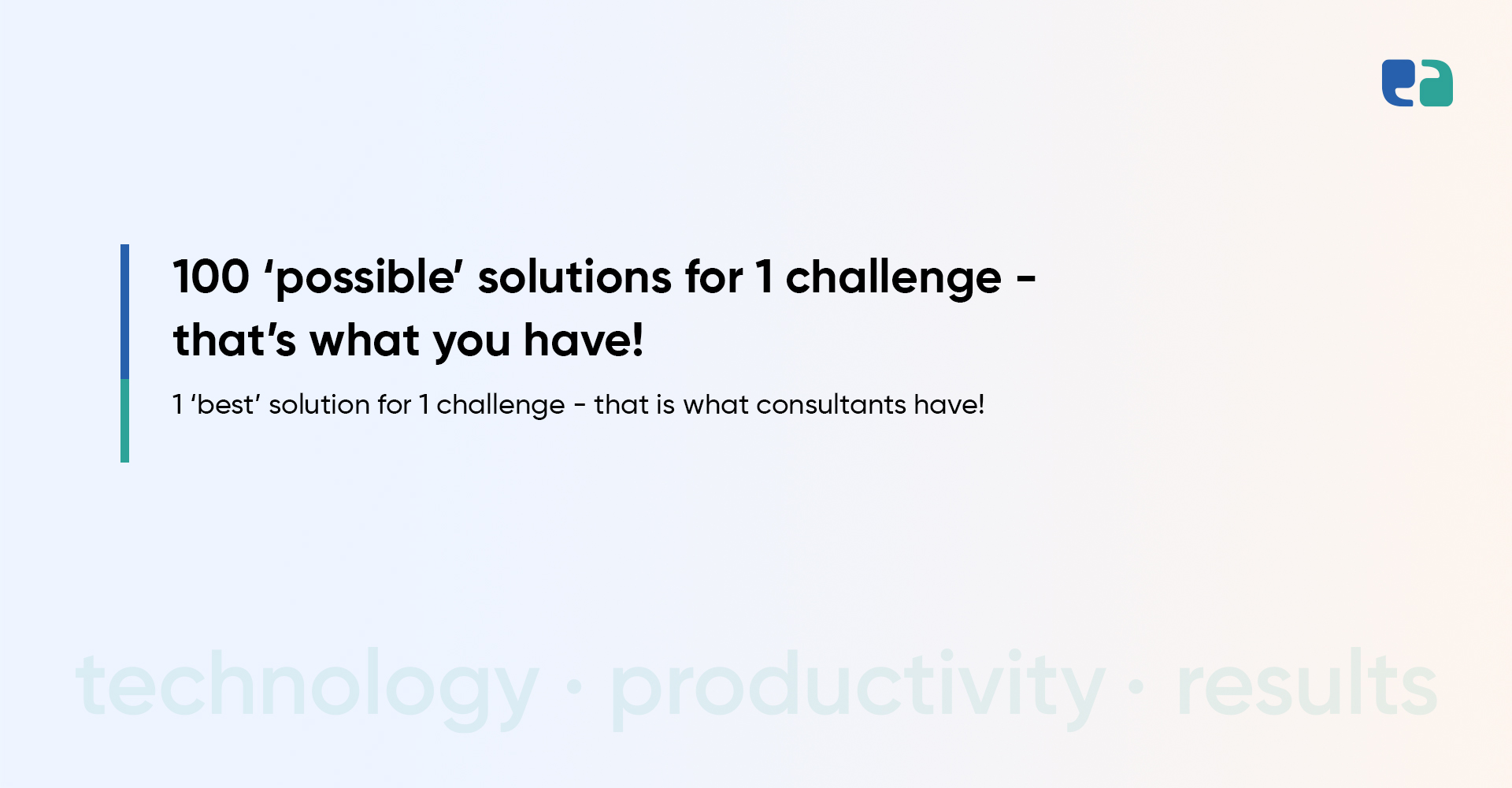Digital transformation is taking over healthcare.
And artificial intelligence is working as a catalyst for this change.
From automating work to predicting potential risks, AI is changing how healthcare is delivered.
You will be amazed to know that Steve Jobs once predicted the merging of biology and technology. And this is becoming a reality today.
The demand for digital clinics is rising as healthcare startups and investors see the potential of AI.
One prominent example is OpenClinic.
This platform delivers end-to-end healthcare where AI manages 99% & doctors do the final high value 1%.
AI manages the doctors’ work, such as taking medical histories and triaging. By automating these tasks, OpenClinic improves efficiency and care quality.
Such platforms are today’s need as the U.S. faces a projected shortage of 86,000 physicians by 2036. 30% of current doctors expected to leave or reduce hours in the next 5 years.
It’s threatening, but AI-powered digital health clinics can bridge this gap.
This blog aims to explore its features, benefits, and steps to create a similar yet better platform that improves care, supports doctors, and makes healthcare smarter.
The Growing Demand for Digital Health Solutions
The digital health market is booming. Growth is fueled by technology, funding, and growing acceptance. It is the perfect time for healthcare startups, as the opportunities to innovate are endless.
Benefits for Everyone: Patients, Providers & Payers
More than just a trend, digital health is creating tangible benefits for all health stakeholders.
How OpenClinic’s AI Features Transform Healthcare Delivery

What OpenClinc did with digital health is outstanding. You can make similar wonders by focusing on the features of this AI-powered digital health clinic. Let’s explore the features that make OpenClinic stand out.
Choosing the Right AI Technologies for Your Digital Clinic
AI tools are buzzing healthcare, but your tech choice is crucial. Here’s a quick guide to help startups choose the best technologies:
You can talk to our AI & ML experts to find the perfect solutions tailored to your healthcare needs!
How to Build a Strong Team and Strategic Partnerships
Building an AI-powered digital clinic is a complex task. It would be best to have a team with technical, business, and compliance experts.
Here’s how to set the foundation for success:
1. Assembling a Team:
Your team should include experts in healthcare, AI development, and business strategy.
Collaboration of such team members addresses clinical needs, builds efficient technology, and scales effectively.
2. Forming Strategic Partnerships
It would help if you collaborated with the healthcare provider, who can give you real-world clinical insights and data access to train AI models.
If you want all this expertise under one roof, we advise you to collaborate with a healthcare-specific IT team: a team that has tech experts, AI & ML experts, business analysts, and healthcare providers.
And it’s not just us; successful examples are saying this.
Suki, an AI voice assistant, partnered with MedStar Health to enhance EHR documentation for thousands of clinicians.
You will be surprised that this partnership improved efficiency and patient care across the $7.7 billion health system.
An experienced health tech partner by your side can lead your startup to millions of dollars in funding.



